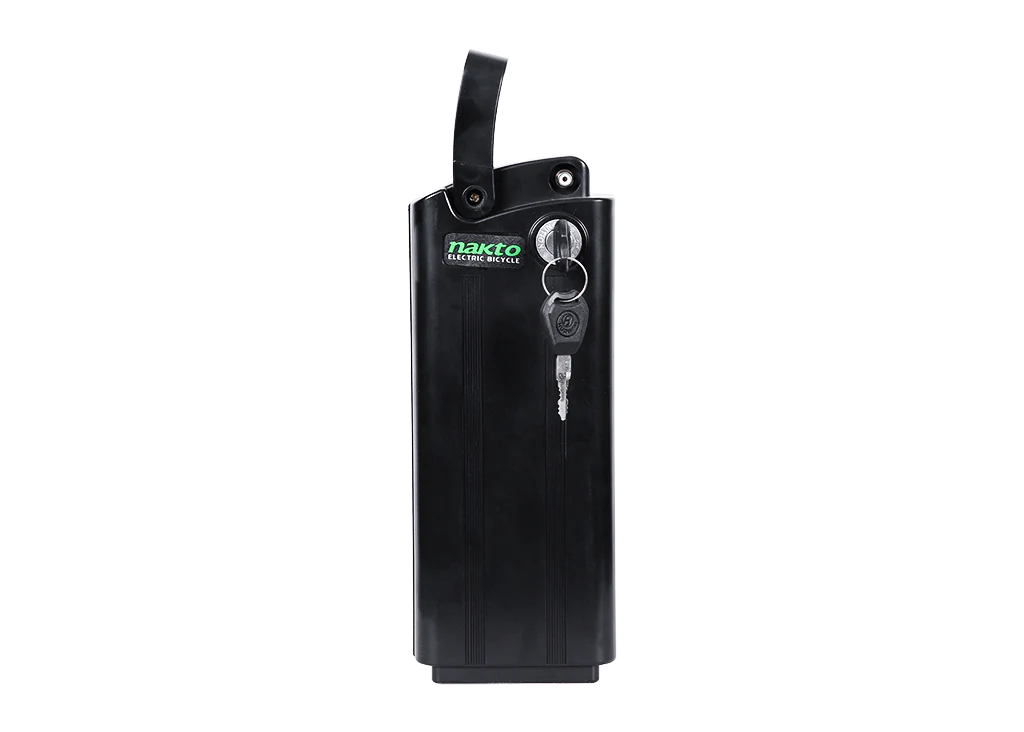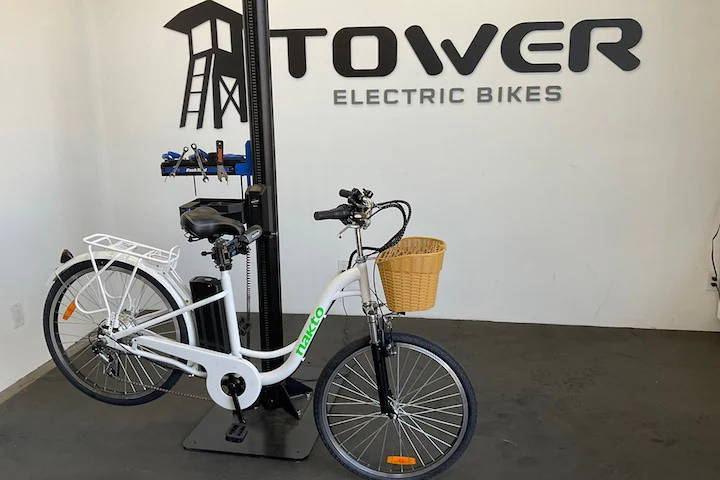
During the use of electric bicycles, the battery, as one of its core components, not only affects the duration and efficiency of riding, but also affects the performance and service life of the entire vehicle.
This article will introduce in detail how to correctly replace the battery and select the appropriate battery, as well as the specific replacement steps, to help you easily master the replacement of electric bicycle batteries and ensure that your riding journey is smoother and safer.
What Are Electric Bike Batteries

The electric bicycle battery is a key component in the functionality of an electric bicycle (e-bike), providing the power needed to drive the motor and assist in pedaling.
These batteries are what differentiate e-bikes from traditional bicycles, allowing riders to travel longer distances and reducing stress on the body.
Types of Electric Bike Batteries
Factors Influencing Battery Performance
How to Install an E-Bike Battery?

Tips for Maintaining Your E-Bike Battery
To maximize the performance and longevity of your new electric bike battery, here are some essential maintenance tips to keep in mind:
Charging Practices: Charge the battery according to the manufacturer's guidelines to prevent overcharging and optimize its lifespan.
Storage Recommendations: When storing the electric bike for an extended period, make sure to remove the battery and store it in a cool, dry place at around 50% charge to maintain its health.
Regular Inspections: Periodically inspect the battery for any signs of wear or damage, and address any issues promptly to prevent further damage.
Usage Guidelines: Follow the recommended usage guidelines provided by the manufacturer to ensure the battery's optimal performance and longevity.
By adhering to these safety precautions and maintenance tips, you can enjoy a hassle-free installation process and prolong the life of your electric bike's replacement battery. Remember, prioritizing safety and proper maintenance is key to a smooth and worry-free ride.
How to Choose the Right Electric Bike Battery
Choosing the right electric bicycle battery can effectively improve the performance and service life of your electric bicycle. There are several key factors to consider when choosing an e-bike battery:
Battery Type: The most common battery types for e-bikes are lithium-ion (Li-ion) and lithium polymer (LiPo) batteries. Lithium-ion batteries are popular due to their good balance of weight, capacity, and cost. Lithium-polymer batteries, while lighter, are more expensive and less stable.
Capacity (Ah): Battery capacity, measured in ampere-hours (Ah), indicates how much charge the battery can hold. Higher capacity means the battery can provide your bike with greater range on a single charge. Consider your typical ride length and terrain to determine the capacity you need.
Voltage (V): The voltage of the battery affects the power output of an e-bike. Common voltages for e-bike batteries are 36V and 48V. The higher the voltage, the greater the power, which is good for climbing mountains or carrying heavy objects, but it also increases the overall cost.
Compatibility: Make sure the battery is compatible with your e-bike’s motor and controller in terms of voltage and capacity. Incompatibility may cause performance issues or component damage.
Weight: The weight of the battery affects the overall weight of the bike, which affects handling and portability. A lighter battery would make the bike easier to maneuver and carry if desired.
Brand and warranty: Buying batteries from a reputable brand like NAKTO ensures higher quality and reliability.
Charging time: Consider how long it takes for the battery to be fully charged. If you use your e-bike regularly or commute, you may prefer a battery that charges quickly.
Budget: Finally, consider your budget. Higher capacity, higher voltage, and lighter-weight batteries tend to be more expensive. Decide which features are most important to you and try to find the best battery between cost and performance.
By considering these factors, I believe you can choose an e-bike battery that best suits your needs.
Conclusion
In conclusion, in this guide, we have discussed in detail the steps on how to replace the battery of an e-bike. Not only do you need to follow safety standards during the replacement process, but you also need to ensure that it is done correctly to extend the life of the battery and improve the performance of your ride.
Hopefully, this guide will help you easily replace your electric bike battery, making your riding journey smoother and more enjoyable.
Enter your email address for new arrivals, discounts, promotions, and more!
